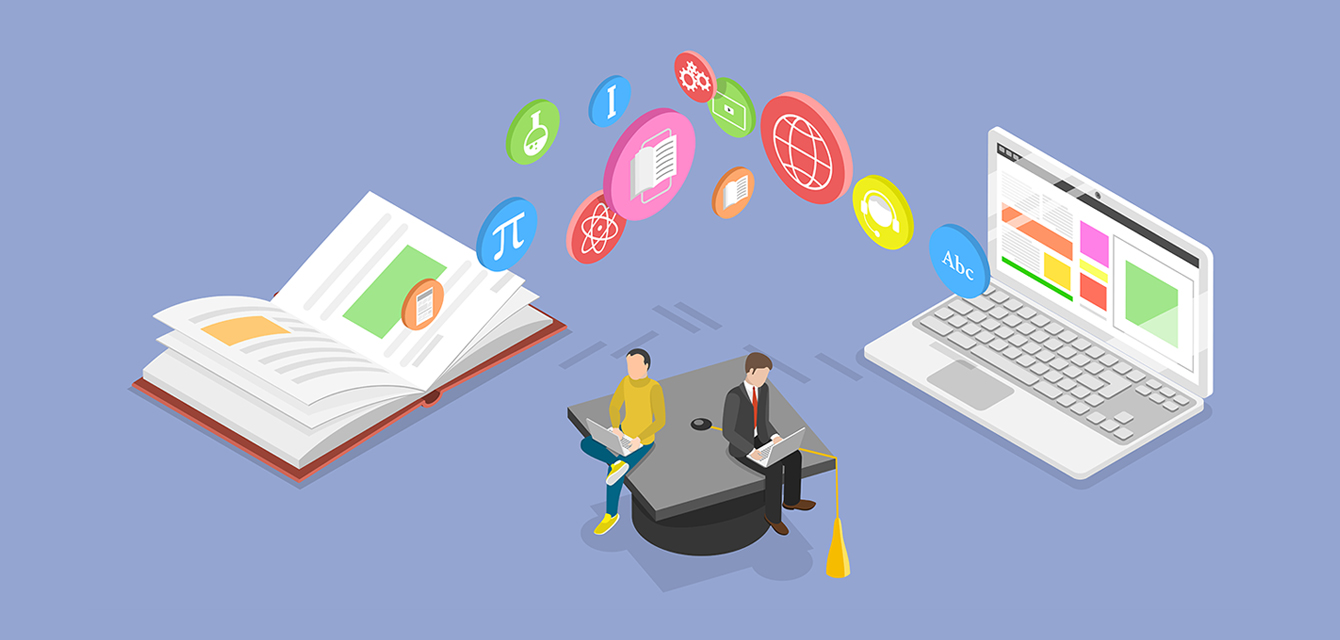The Educational Product People Dream Of
The DT-Based Math Book can be considered one of the most innovative products for implementing consumer-centered education.
People often tend to view products with advanced features or cutting-edge technology as innovative. However, a truly innovative product is one that people are desperately looking for. When a product emerges that people had not even considered before, yet they recognize it as something they have been looking for, that is the epitome of an innovative product. An innovative product does not necessarily need to possess advanced technology, it must resonate with the needs and desires of its consumers.
People often tend to view products with advanced features or cutting-edge technology as innovative. However, a truly innovative product is one that people are desperately looking for. When a product emerges that people had not even considered before, yet they recognize it as something they have been looking for, that is the epitome of an innovative product. An innovative product does not necessarily need to possess advanced technology, it must resonate with the needs and desires of its consumers.
The IT-Based Math Book, which makes consumer-centered education possible, allows children to find and watch any educational content they desire. However, this also presents certain challenges. While it may seem ideal that consumers can access anything they want, the overwhelming abundance of options can be exhausting. For children, the educational consumers, finding the most relevant videos among countless listings can be an inconvenient task During this process, children who lack patience may give up halfway. Some may be so accustomed to supplier-centered education that they lack the desire or motivation to learn or may not even recognize what they do not know. The IT-Based Math Book presents the fundamental issue of the IT era: the risk of wasting time sifting through the flood of educational information and content to find what the child genuinely needs. Despite these challenges, there is no doubt that a new world of education has emerged, where educational services can be provided according to the needs of education consumers.
The World Envisioned by the DT-Based Math Book

In the DT era, companies that analyze vast amounts of data between people and objects to provide customized services tailored to individual need become successful. While in the IT era, companies with robust platforms could easily absorb and use individual content as their own, the DT era has transformed the scene, where individuals' creative content utilizes and even dominates the platforms owned by IT companies.
To survive in the DT era, companies must analyze big data to provide personalized information that consumers desire. The DT-based Math Book is an educational system that includes a virtual teacher. In this system, students, who are the educational consumers, can summon the teacher at any time while reading the digital material. This system enables them to receive tailored responses to their questions about any content they find curious or confusing.
The teacher within the textbook will accurately identify the questions posed by students, the educational consumers. Of course, this virtual teacher will be prepared with potential questions and answers relevant to the specific pages that children are reading.
The DT-Based Math Book operates on an educational system that includes a teacher within the textbook, powered by an AI educational solution engine that uses a vast database and search program. This system does more than merely answer the content that educational consumers want. It can verify whether the child understood the answer and provide additional explanations if necessary.
The content that educational consumers, specifically children, study using the DT-based Math Book is all stored on a server. The words and videos they explore with interest, as well as the types of questions they frequently ask, become valuable resources for assessing the child's talents. As sufficient data accumulates, the teacher embedded within the textbook can discern the innate abilities and seeds of creativity that the children possess. Rather than simply explaining the questions that children are interested in, the system recommends educational content that can infinitely expand that interest. In other words, it creates an environment for children, the education consumers, to nurture their seeds of creativity.
Technologies Needed to Implement the DT-Based Math Book

For the DT-Based Math Book to become the ultimate innovative product it envisions, a vast database is essential, along with a high-speed search program that can instantly find the answers educational consumers, specifically children, desire when they pose questions.
When children summon the teacher to ask questions, AI instantly operates to provide immediate responses to the children's questions. Machine learning can assess the child's areas of interest and innate talents based on the data generated through the continuous questions and answers between the educational consumers, the children, and the educational supplier, the AI teacher. This allows the system to provide the educational content that meets their specific needs. Creating an extensive database needed for the DT-Based Math Book requires technology that can convert the content of videos about nature, humans, and society into text.
When children, the education consumers, watch numerous videos through the IT-based Math Book, the audio from these videos is automatically transcribed into text, and all this information is stored in a database on the server. After viewing a video, children can also input the content they have watched in a specific sentence format at the end of each topic. This process generates numerous pairs of questions and answers, allowing lengthy videos that cover various topics to be divided into shorter videos focused on a single subject. In other words, commercialization of the IT-Based Math Book is essential for realizing the DT-Based Math Book.
Even with superior educational technology, true innovation cannot be achieved without communication between education suppliers and education consumers. For books to truly help children, there must be communication between students and teachers. In this context, books do not need to be particularly smart. As long as books serve as a channel for communication between teachers and students, their purpose is fulfilled. For a book to truly become a channel of communication, it must encompass natural language, culture, the understanding of nature, and insights into human society, along with the lives and deaths of countless individuals. Hence, mathematics needs to be grounded in a broad humanistic knowledge. To truly implement consumer-centered education, it is essential to understand mathematics as a study for uncovering the secrets of nature, and that a desirable mathematics education is a series of exercises aimed at discovering these secrets.
An ideal mathematics education involves showing children a lot, allowing them to hear much, and encouraging them to experience various environments, enabling them to absorb nature. Through the DT-Based Math Book, it becomes possible to communicate not only with the components of nature but also with people and societies across space and time. It allows for a journey into the world of the humanities. The DT-based Math Book is the most innovative educational product that people immersed in supplier-centered education have failed to consider. Once the DT-Based Math Book is implemented, people will suddenly realize that they have been searching for such an educational product all along, and their eyes will sparkle with excitement. The DT-based Math Book is a dream innovation product in the educational field.

